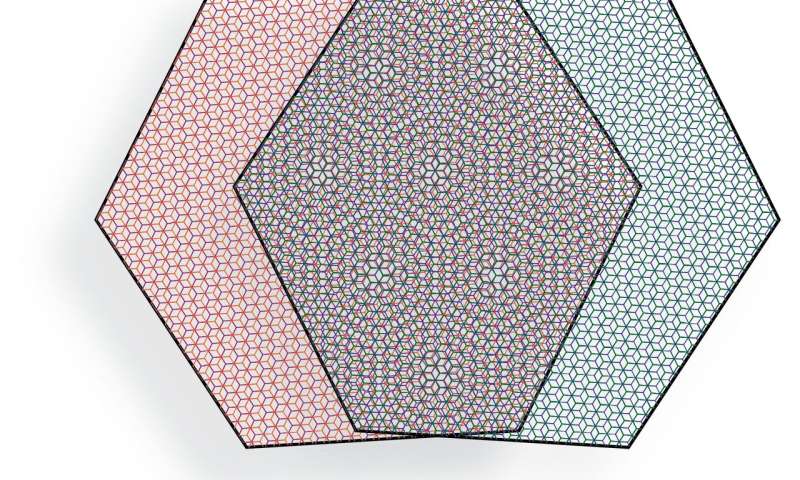Scientists can have ambitious goals: Curing disease,
exploring distant worlds, clean-energy revolutions. In physics and
materials research, some of these ambitious goals are to make
ordinary-sounding objects with extraordinary properties: Wires that
can transport power without any energy loss, or quantum computers
that can perform complex calculations that today’s computers cannot
achieve. And the emerging workbenches for the experiments that
gradually move us toward these goals are 2-D materials—sheets of
material that are a single layer of atoms thick.
Experiments with twisted 2-D materials catch electrons
behaving collectively



